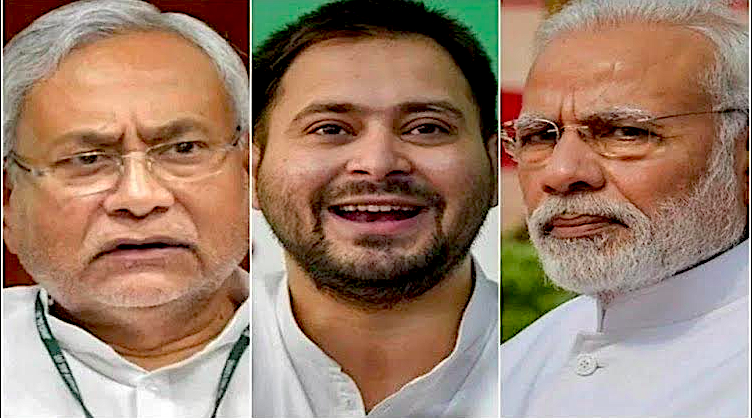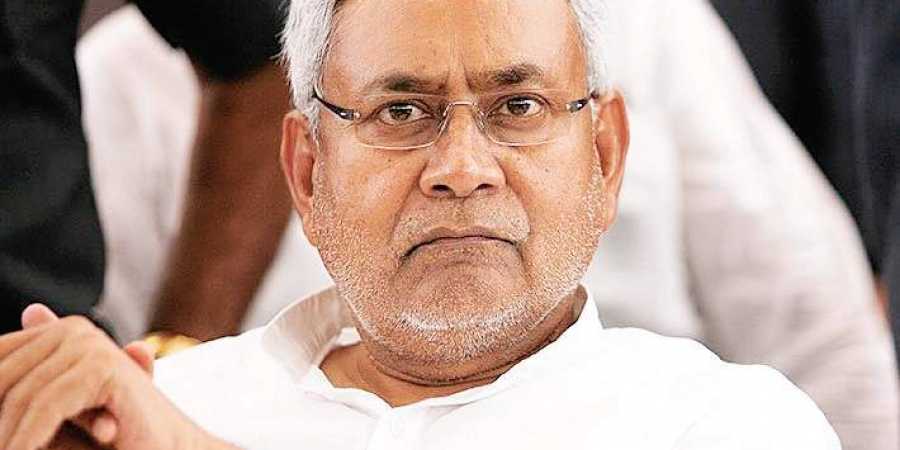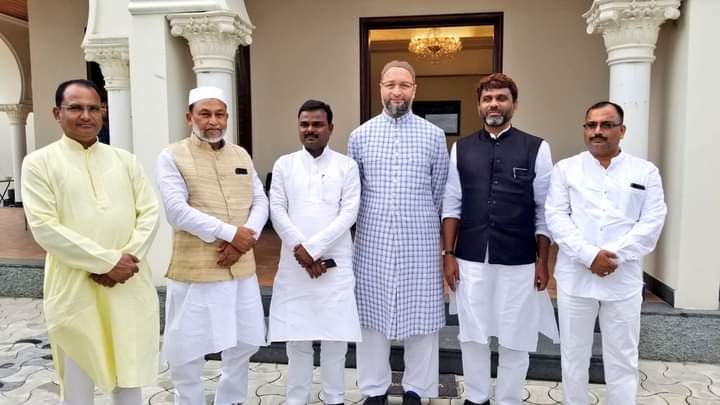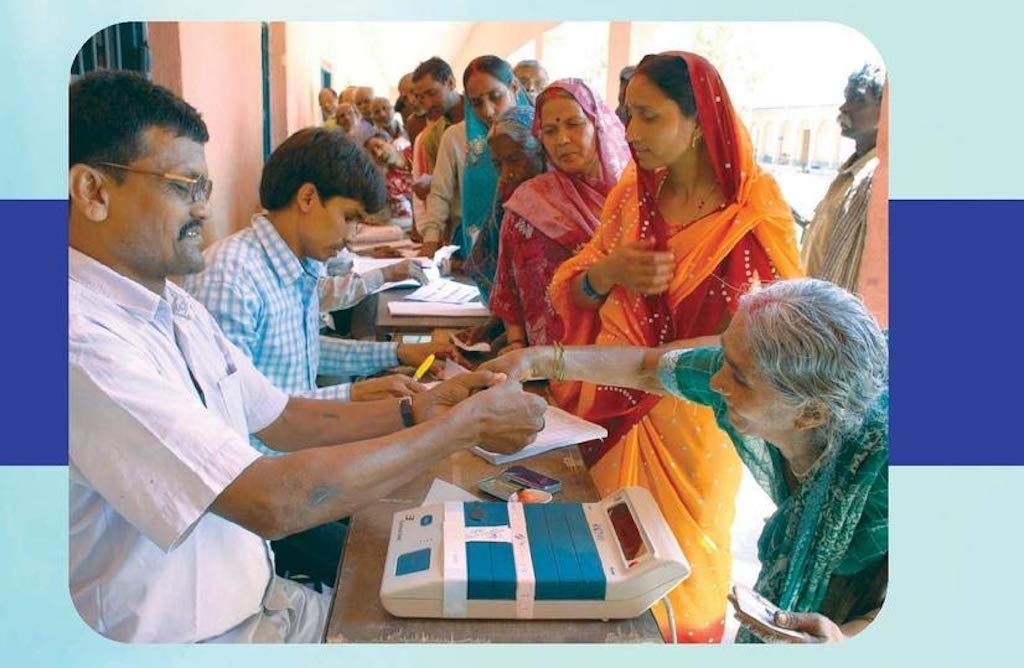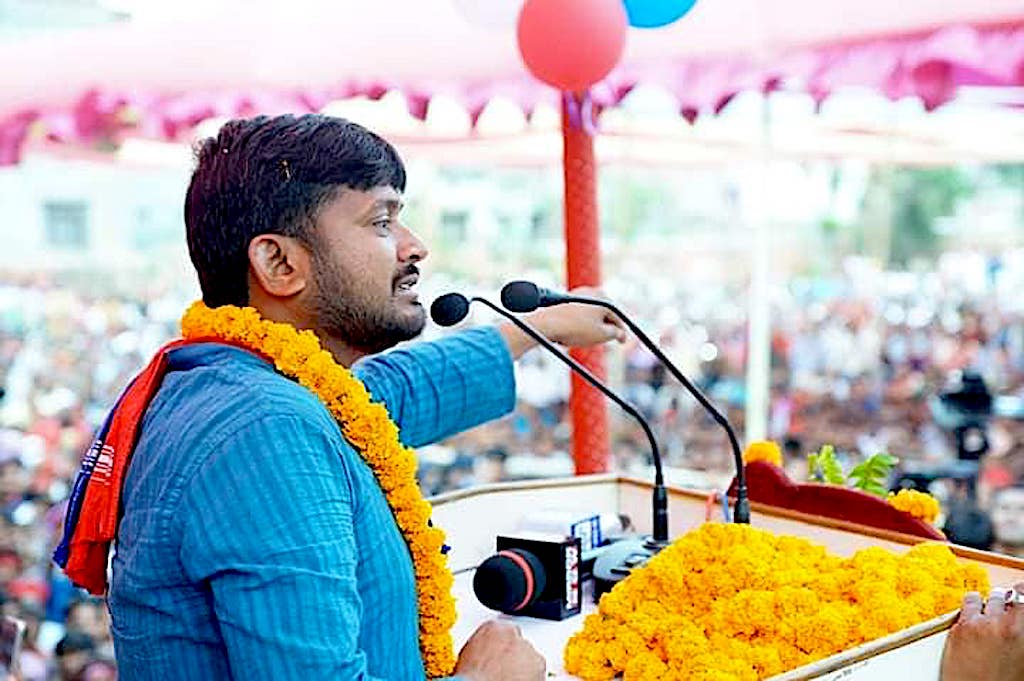Nitish Kumar’s Somersault — From Modi Sharanam Gachhami to Lalu Sharanam Gachhami!
India’s most shameless politician Nitish Kumar somersaulted on Tuesday to exit the…
Wary Nitish Kumar Planning to Outsmart BJP from Enacting Maharashtra in Bihar
The Bihar Chief Minister Nitish Kumar’s head is uneasy these days not…
Asad Owaisi Highlights Seemanchal’s Backwardness Convincingly; Breaks Congress’ ‘Arms and Legs’ ; Rahul Gandhi, Jalil Mastan Writh in Pain!
The National Democratic Alliance (NDA) led by Chief Minister Nitish Kumar rode…
Review Essay —Post-Mandal Politics in Bihar: Changing Electoral Patterns
By Mohammad Sajjad In recent decades professionally renowned publication houses have brought…
क्यों बेहद ज़रूरी है वैकल्पिक राजनीति का प्रतीक कन्हैया?
By Prof. Mohammad Sajjad “बेगूसराय (बिहार) से मुस्लिम उम्मीदवार की जीत को…

